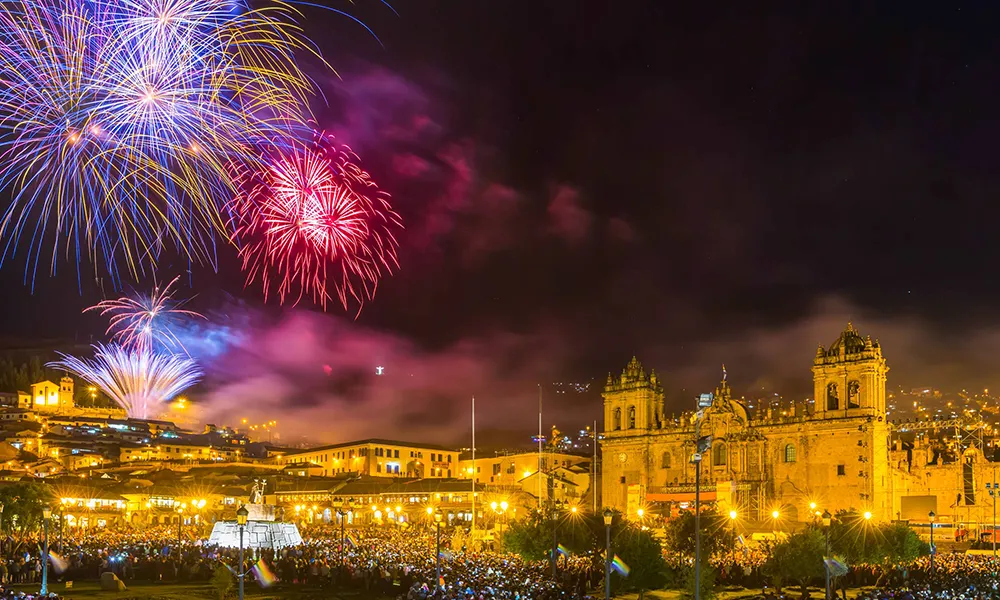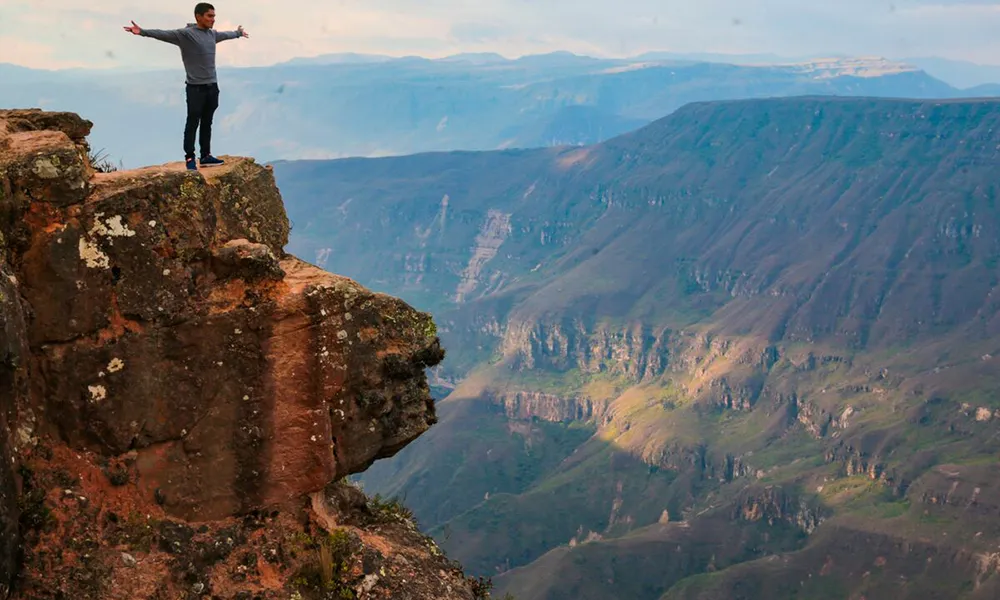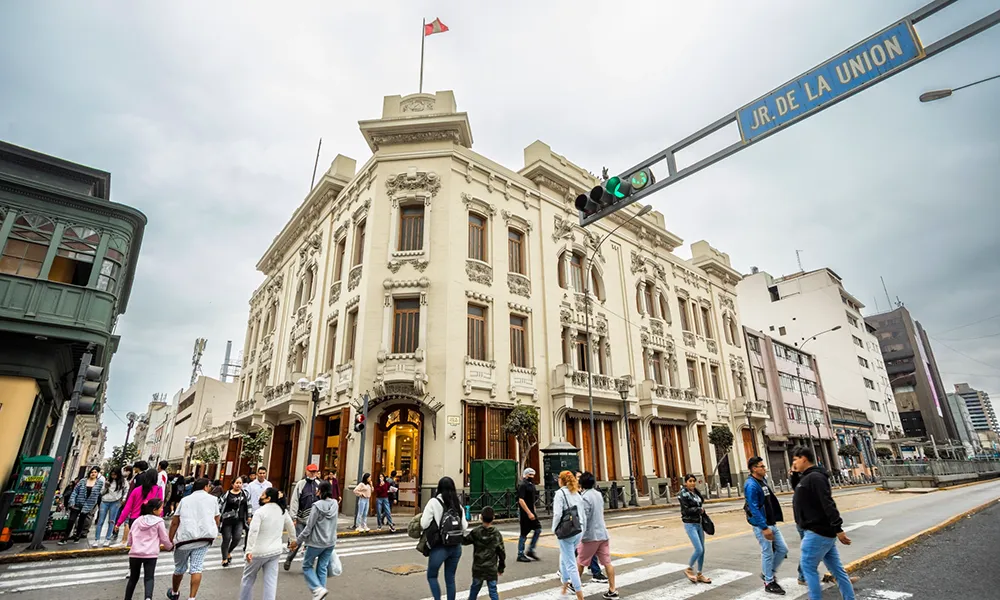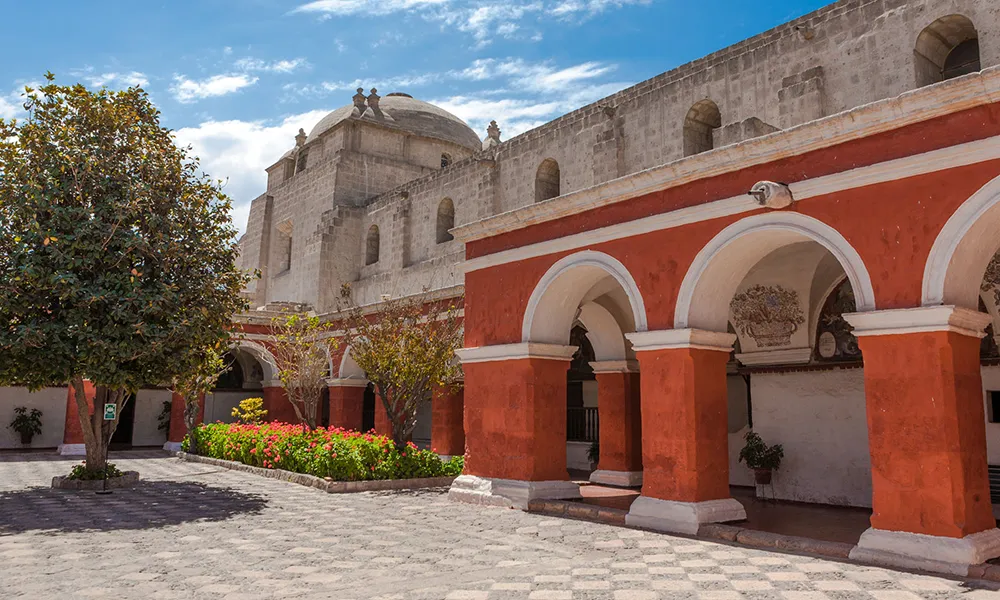Coast, Andes, and Amazon Rainforest
Discover Peru’s Climate Diversity
Peru is a country of striking contrasts — a land where travelers can move from the Pacific coast to the towering Andes and into the dense Amazon rainforest, all in a single journey. Because of its dramatic geography, the weather in Peru by region is incredibly diverse. Understanding these variations helps travelers plan the perfect itinerary, choose the right clothing, and enjoy each destination at its best season.
Peru’s three major regions — the Coast (Costa), the Andes (Sierra), and the Amazon Rainforest (Selva) — each have their own climate patterns, shaped by altitude, latitude, and proximity to the ocean. Let’s explore what makes each one unique throughout the year.
🏖 The Peruvian Coast: Desert Climate and Ocean Influence
Stretching more than 2,400 kilometers along the Pacific Ocean, Peru’s coastline is mostly desert, yet its weather is heavily influenced by the cold Humboldt Current. This region includes cities like Lima, Paracas, Trujillo, and Máncora, each offering a different microclimate.
-
Summer (December to April): The coast becomes warm and sunny. Temperatures range from 77°F to 86°F (25°C–30°C), perfect for beach days, seafood lunches, and ocean sunsets. Northern beaches such as Máncora are hot and lively, while Lima enjoys mild, pleasant days.
-
Winter (May to November): A thick coastal fog known as garúa often covers Lima and central coastal areas. Days are cooler, with average temperatures between 59°F and 66°F (15°C–19°C). Though it rarely rains, humidity can reach 90%, giving the air a damp, misty feel.
What to pack: Bring lightweight summer clothes if visiting from December to April, and a light jacket or sweater for cooler mornings and evenings during the winter. Sunscreen and sunglasses are essential year-round.
🏔 The Andes: Crisp Air, Blue Skies, and Dramatic Seasons
The Andes are the soul of Peru. Cities like Cusco, Arequipa, Puno, and Huaraz are set high in the mountains, where weather changes quickly and altitude defines the experience. The climate here is generally dry and temperate, with two main seasons — dry and rainy.
-
Dry Season (April to October): Considered the best time to visit. Days are sunny and ideal for outdoor adventures like trekking to Machu Picchu, hiking Rainbow Mountain, or exploring the Sacred Valley. Daytime temperatures hover around 64°F to 70°F (18°C–21°C), while nights can be chilly, often dropping below 40°F (5°C). The skies are crystal clear, perfect for photography.
-
Rainy Season (November to March): This period brings afternoon showers and lush green landscapes. Temperatures remain moderate, between 60°F and 68°F (16°C–20°C), but humidity increases. The rain can cause temporary closures of mountain trails, so travelers should plan accordingly.
What to pack: Layered clothing is the secret. Mornings can be warm under the sun, but temperatures fall sharply after sunset. Include a waterproof jacket, hiking boots, a hat, gloves, and a reusable water bottle to stay hydrated at high altitude.
🌿 The Amazon Rainforest: Warm, Humid, and Alive
Covering over 60% of the country, Peru’s Amazon basin offers a completely different climate. Cities like Iquitos, Puerto Maldonado, and Tarapoto experience a tropical rainforest climate, marked by high humidity, abundant rain, and lush vegetation.
-
Wet Season (December to April): Rainfall is intense, rivers rise, and some forest trails become muddy or flooded. Yet, it’s also when the jungle looks its greenest. Temperatures average between 77°F and 90°F (25°C–32°C), with short but frequent showers followed by bursts of sunlight.
-
Dry Season (May to November): This is the preferred time for jungle expeditions. Rainfall decreases, wildlife becomes easier to spot, and navigation on rivers is smoother. Even in the “dry” months, humidity stays high, and light rain remains possible.
What to pack: Choose breathable, quick-dry clothing, long sleeves to protect from insects, and comfortable hiking shoes. Don’t forget insect repellent, a hat, sunscreen, and a lightweight raincoat. Lodges often provide rubber boots for muddy trails.
🧭 The Best Time to Visit Peru
For travelers planning to visit multiple regions, May through October offers the most balanced weather across the country. It’s dry in the Andes and the Amazon, while the coast is mild and comfortable. This period also coincides with major festivals like Inti Raymi in June and Fiestas Patrias in July, giving travelers a chance to experience Peru’s vibrant traditions under pleasant conditions.
If you prefer fewer crowds, consider traveling between March and April or September and November, when the weather is still favorable but there are fewer tourists.
🧳 Packing Tips by Region
| Region | Clothing Suggestions | Useful Items |
|---|---|---|
| Coast | Light clothes, sandals, swimsuit | Sunscreen, hat, sunglasses |
| Andes | Layers, warm jacket, scarf | Rain poncho, hiking boots, coca tea for altitude |
| Amazon | Quick-dry shirts, long sleeves | Insect repellent, waterproof bag, flashlight |
Each region requires a slightly different approach, but comfort and preparation make all the difference. Always pack layers, as Peruvian weather can surprise even the most experienced traveler.
🌎 Why Peru’s Climate is So Unique
The magic behind Peru’s climate lies in its geography. The Andes Mountains act as a natural barrier, separating the humid jungle from the dry coastal desert. Altitude changes rapidly — within a few hours of travel, you can go from sea level in Lima to 11,000 feet in Cusco. This diversity gives Peru a rare combination of ecosystems and microclimates that exist in very few countries.
For travelers from the United States, this means packing for three worlds in one: coastal sunshine, Andean coolness, and tropical humidity. Whether you’re walking among ancient ruins, sailing the Amazon River, or relaxing on a Pacific beach, Peru’s climate ensures every destination feels like a new adventure.
🌞 Final Advice for U.S. Travelers
Before your trip, check the weather forecast for your destination, especially if you plan outdoor activities or hikes. Acclimatize to the altitude gradually when visiting the Andes, and stay hydrated at all times. The sun can be strong even on cloudy days, so sunscreen is essential everywhere.
With a bit of preparation and the right expectations, you’ll find that the weather in Peru by region is part of its magic — a living reminder of the country’s vast beauty and diversity. Whether it’s the golden desert coast, the majestic Andes peaks, or the vibrant Amazon jungle, every season in Peru tells a different story.








